A non-fungible token (NFT) is a digital asset that can cryptographically assign and prove ownership to unique physical or digital items, such as works of art, real estate, music, or videos.
NFTs can be securely stored on blockchain. This ensures that the asset is unique and it’s difficult to copy or alter NFTs.
Although they’ve been around since 2014, nowadays, people spend millions of dollars on NFT collectibles, from art and music to sports trading cards, digital houses, in-game items, sneakers, and toilet paper. Have you heard about the iconic GIF of Nyan Cat sold as NFT or Grimes getting millions for NFTs?
In 2021, the market for Non-fungible tokens (or NFTs) was valued at $41 billionThis is a value that’s close to the global total of fine art markets.
With the NFT frenzy still at its high, it’s natural if you’re eager to hop on the NFT train and learn how to create NFTs, mint your own NFT, etc., to benefit from the NFT mania.
Continue reading to learn more about how an NFT is created, what technology and tools are required to do so, as well as the steps involved in minting it. The process of creating an NFT can be done easily with basic computing skills and the right tools.
Let’s get started!
What exactly is an NFT
Non-fungible tokens (NFTs) are unique units of data on blockchains that can be linked with digital and physical objects such as music, works of art, JPEGs or postcards to give immutable proofs of ownership.
NFT owners can gain access to the data contained in an NFT. Exclusive merchandise access, Tickets for live and digital eventsOr be tied to tangible assets, such as Cars, yachts, etc.
Individuals can use NFTs to easily create, purchase, or sell digital assets using blockchain technology. NFTs cannot be changed once they have been encrypted. Their originality and legality are verified through blockchain technology.
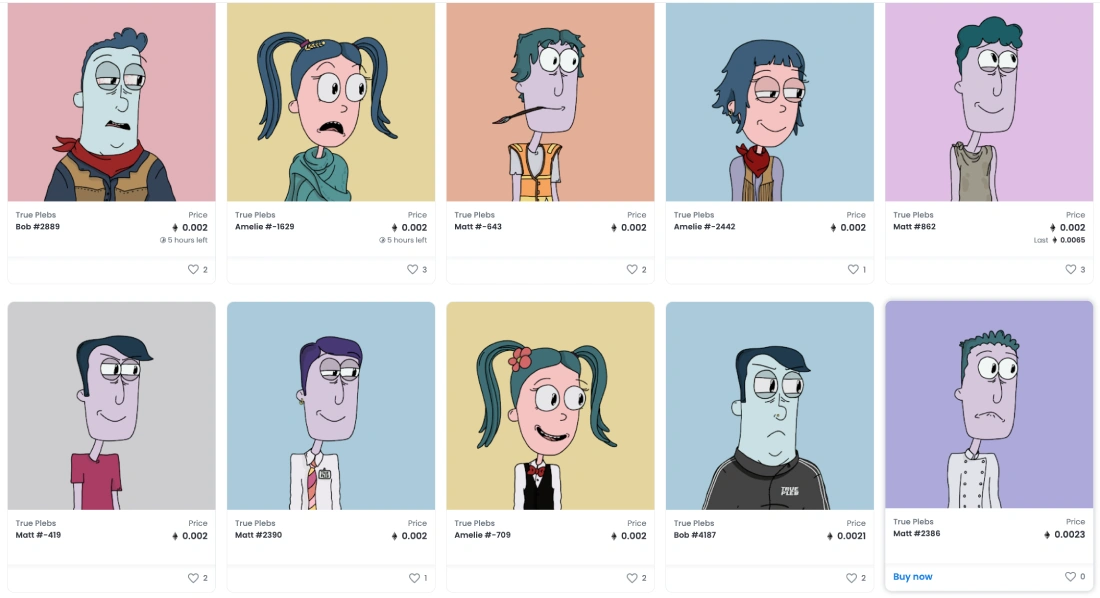
What is the working of NFTs?
The NFT Development allows content creators to showcase their digital skills and create innovative value exchanges. However, tokens must be defined by a standard.
ERC-721 was the 2018’s first NFT standard. It’s an Ethereum NFT token standard that implements API for tokens within a smart contract to ensure the token is non-fungible or unique. You can have the same token from different smart contracts, yet it may be worth a different amount due to its age or rarity. We can trace the creation date of an NFT, the original creator, the current owner, and other unique identifiers due to blockchain’s immutability and transparency; these data are all recorded on a public ledger and cannot be altered.
While the NFT that conveys ownership is added to the blockchain, the file size of the digital item doesn’t matter because it remains separate from the blockchain.
Because of their immutability, non-fungibility and ineffability, NFTs can be used to prove ownership of digital assets. As the owner of an NFT, you can quickly establish your ownership and sell it for a profit, frequently referred to as “flipping,” and you can even get royalties from the original creator. You can be the original creator of an NFT or its minter. This allows you to establish ownership and define scarcity.
What are NFTs used for?
NFTs can be created using the Ethereum network. Tezos, Flow, and other blockchains may also accept NFTs. Anyone can view the blockchain to verify ownership of NFTs.
Artists, collectors, and celebrities are turning increasingly to NFTs to gain direct access to global markets without intermediaries. NFTs allow them to speed up the otherwise expensive and time-consuming marketing process by creating the NFT version and then selling it on an NFT market.
NFTs allow the payment of ongoing commissions to original artists whenever the product, or artwork is sold. Creators have the option to include a royalty clause in their token so they can make passive income from future sales.
Different types of digital goods can be “tokenized,” such as artwork, in-game items, and videos from a live broadcast. The art industry has made it a very lucrative venture selling NFTs. Here are some examples.
- NBA Top Shots
- Decentraland virtual real estate
- Digital artist Beeple sold “Everydays — the First 5000 Days” for $69.3 million through a Christie’s auction.
- Nike.
- A CryptoPunk NFT sold for $1.8 million at Sotheby’s first curated NFT sale.
- Twitter CEO Jack Dorsey sells an NFT from his initial tweet for $2.9 Million.
- The original “Nyan Cat” meme.
How do NFTs benefit digital collectors
A NFT (not-for-transaction) is a trusted ledger that authenticates original digital work and defines it. NFTs, which are unique in nature and run on trustless blockchains, provide proof of ownership. They help digital investors and collectors to prevent counterfeits and retain ownership of digital goods. Some people claim that it’s easy to make replicas of an item purchased as an NFT; however, unlicensed copies of an NFT painting don’t reduce its worth in the same way that excessive counterfeiting of a Louis Vuitton bag doesn’t diminish the value of the original goods.
How to make NFT art
Many of the digital artists that have created content and art for social media platforms over many years are digital artists.This will help you generate traffic to these sites and ads revenueWhile earning modest wages. Artists are able to have complete control over their digital artwork through NFTs, which could transform the creative industry. Now artists are rewarded based on the perceptions they receive from the art community.
NFTs create scarcity, which encourages collectors and artists to search for original digital art. NFT owners also get royalties each time an item is sold.
OpenSea is one of the leading NFT platform. Other platforms include SuperRare Foundation, SuperRare and Nifty Gateway. However, well-known auction houses such as Sotheby’s and Christie’s also sell NFTs.
These steps will help you create a digital token of art.
- Pick an NFT Marketplace
- Create a digital wallet.
- You can create your own collection OpenSea’s interface will display your collection. Click on My Collections. You can now customize your collection by giving it a name, adding a description and uploading an image.
- Make your Digital Arts Token To upload a digital file such as visual, JPG, PNG or GIF click on Add New item.), audio (MP3, etc.), and 3D files (GLB, etc.Add a name to your token. Although you can mint unlimited amounts of tokens at once, it is best to do so one at a. It’s also important to note how many editions of the same token you want to create.
- Stand-alone Token: You can create only one digital art token at a time, which makes it more valuable.
- The Edition Tokens You can create as many copies as you like by simply adding the edition number.
- You can also include the creation date and properties as well as levels, stats, and other details. Once you’ve added all the details, such as social links, updated image, description, and name, click “Create” to add your NFT to the blockchain. You’ll need ETH to pay the gas fees. It’s essential to be aware of the transaction fees for the blockchain you use, as these fees can make or break your budget goals.
You can also choose the payment tokens you’d accept for your digital art and the percentage of royalty to receive on the secondary sales of your artwork. - Get your artwork listed for sale Your NFT tokens can be listed for sale now. Either a fixed price listing is available or you can set your own price. If it is your first time creating and selling an NFT, you’ll have to pay a gas fee before listing your artwork.
- Promote your Work via Social Media To help potential buyers find your work, share your link with them and encourage your fans to promote it on social media.
How long does it take to make an NFT
Our guidelines will make it easy to mint your NFT in a matter of minutes. To start creating NFTs, you will need an NFT marketplace account and an active crypto wallet that has ETH. Take into account the transaction costs involved with the creation and maintenance of NFTs.
Things to consider before you mint an NFT
Even though NFT is easy to make, it’s not difficult. Here are some tips and tricks before you start.
1. Blockchains
An NFT can be created on several blockchains.
- Ethereum
- Binance Smart Chain
- Cosmos
- WAX
- Tron
- Polkadot
- Tezos
- EOS
- Dapper Labs Flow
2. The Environmental Debate
NFTs could negatively affect the environment because of their high carbon emissions, critics argue. Some even believe that NFT production is too harmful for the environment and should be stopped altogether.
3. NFT Marketplace
Once you’ve decided on a blockchain for your NFT minting, another essential element is choosing a marketplace among many NFT marketplaces to offer your NFT to your consumer. The blockchain from which you created your NFT determines the availability of the marketplace. OpenSea, Rarible and Mintable are all possible NFT platforms for developers using Ethereum. There are three Binance Smart Chain markets: BakerySwap, Juggerworld and Treasureland.
How to make NFTs
OpenSea has been the most popular platform for trading non-fungible tokens. NFTs are available for purchase and sale on the secondary market. Users also have the ability to sell and create NFT collections via the primary marketplace.
Here are some steps to create NFTs with OpenSea.
1. Ethereum (ETH) – Buy Now
Ethereum is second-most popular cryptocurrency, after Bitcoin. It’s supported by all NFT exchanges. You must create an Ethereum trading account before you can buy it.
This cryptocurrency can be bought on exchanges like Coinbase and Gemini.
2. Make Your Own Crypto Wallet
After purchasing some ETH, you’ll need to create an Ethereum wallet compatible with the Ethereum network to buy and sell NFTs on OpenSea. OpenSea’s most widely used crypto wallet is MetaMask. It’s also one of the most user-friendly wallets available that lets you securely store your tokens.
3. OpenSea: Link Your CryptoWallet
In just a few steps, you can connect your cryptocurrency wallet to OpenSea.
- To unlock the MetaMask plugin, open your browser.
- Go to OpenSea and click “Profile.”
- Accept the following terms and conditions.
- Enter your username and email address to authenticate your account.
- An email confirmation will be sent directly to your inbox. To verify the verification and to complete the process, please click the link.
4. Start your first NFT collection
After setting up your wallet and connecting it to OpenSea, it’s time to create your first NFT collection. Pre-mint NFTs are also called this stage. These steps will help you create your collection.
- Select “My Collections” from your OpenSea profile.
- To create a new collection, click on “Create.”
- You can use this as your digital art portfolio. It can contain artworks, memes or cute cats pictures.
You’ll find different properties to fill in, starting with the URL of your collection on OpenSea, the description, category, and links to your website and social networks. You’ll need to insert your payout wallet address. Click on the wallet icon, and then copy your address. Then paste the address into the appropriate field. Next, select the royalties or payment tokens you wish to purchase and sell items. After you’re done, click “Create.”
5. OpenSea Mint a NFT
Once your initial NFT collection is complete, it’s simple to add NFTs. Just follow these steps:
- Open the collection you’ve made.
- Select ‘Add New Item’ from the drop-down menu.
- You can give the NFT an alias and then upload it.
- Please fill in all information regarding the item, including its properties, levels and stats.
- You will need to choose the supply. This is how many copies can be made, as well as the issuing Blockchain.
- Click on “Create,” and your new item will appear as a new NFT in your collection. It is possible to sell it at any price you choose or to the highest bidding.
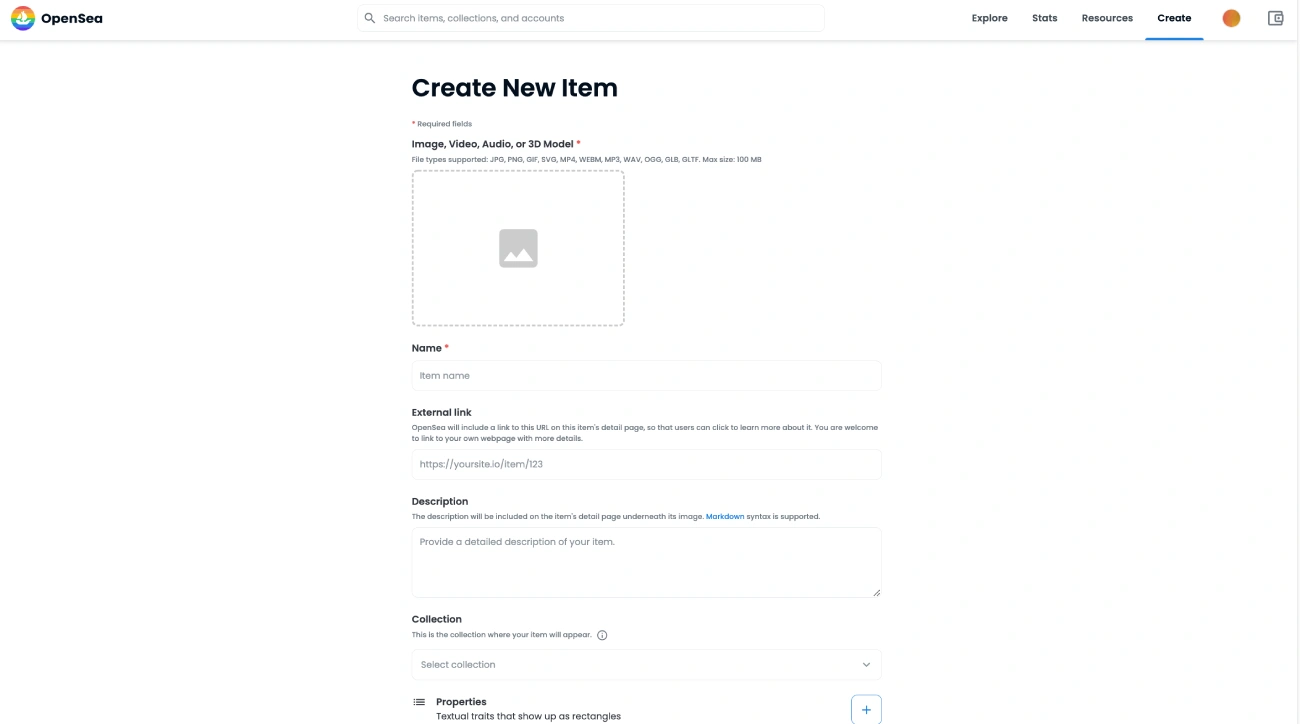
OpenSea NFT Mining Fees
OpenSea requires vendors to pay at least two fees prior to making their first transaction. You’ll have to pay gas fees for transactions on the Ethereum blockchain, and the cost may be more or lower depending on the current gas price.
To set up an account, and to start selling, the first cost is $70-$300. OpenSea has access to your NFTs and costs $10-30 for the second transaction.
OpenSea charges fees in Ethereum (ETH) The current price of the cryptocurrency used determines the price.
The platform also takes 2.5% from every transaction.
After the initial sale, OpenSea doesn’t impose fees for minting NFTs.
OpenSea quickly adopted Lazy Minting, which was introduced at the beginning of 2020. Artists and creators can use lazy minting to mint their art for free! They’ll only pay the gas fees once their artwork is purchased, and the fees will be deducted from that amount.
How to make an NFT with a Rarible
Rarible, a NFT market that is popular and has a simple protocol to support Lazy Minting, can be found on the internet. Here’s how to get started:
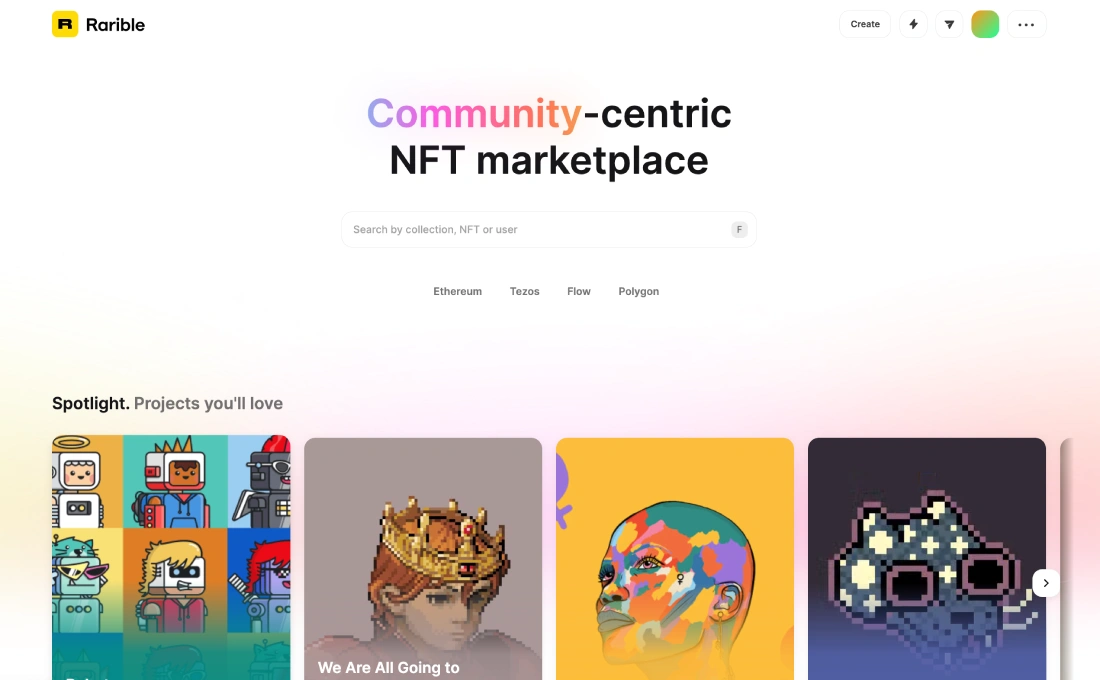
- Rarible.com allows you to link your crypto wallet.
- Click “Create” and enter all the details for the NFT you want to create.
- From the drop-down option, select “Free minting.”
- Click “create item” and use your wallet to sign the free authorization.
- Voilà! Now you can mint free of charge and with no hassle.
Once you complete the buy transaction the NFT is minted in the wallet and immediately transferred to your new owner.
The Rarible Mining Fee
Rarible charges 2.5% service fees per transaction on both sides. This acts as a listing charge. The seller has the option to pay the service fee of 2.5% per sale, or 5% of final sales price.
The good news is that Rarible has also adopted the “lazy minting” mechanism that lets artists, crafters, and amateurs freely mint NFTs. This simple solution is great for minting NFT.
Mint NFTs also available in other markets
SuperRare
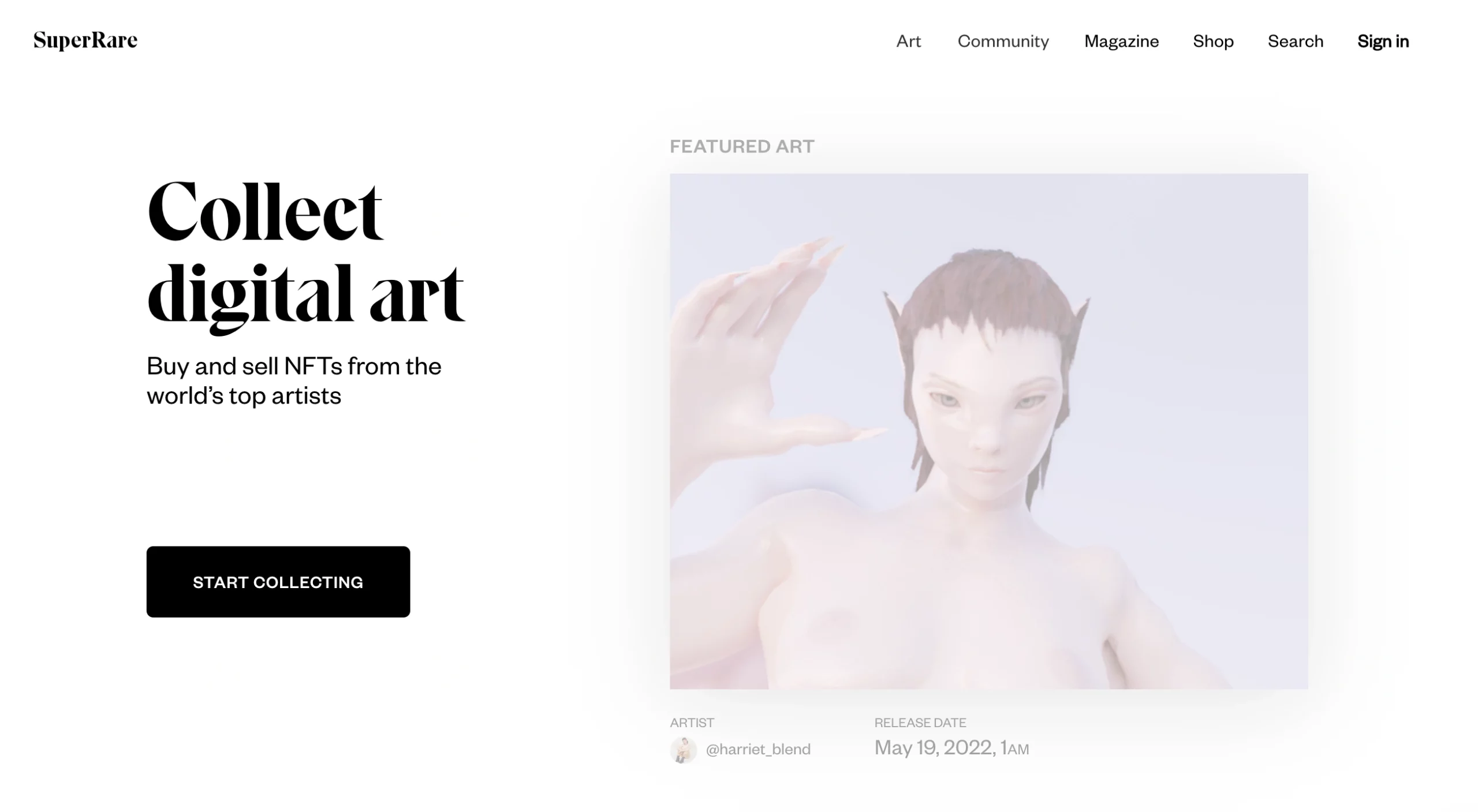
SuperRare allows people to sell and buy unique digital artworks through a marketplace. Ether (ETH), cryptocurrency is used for all transactions, including buying and selling, as well as mining.
BakerySwap
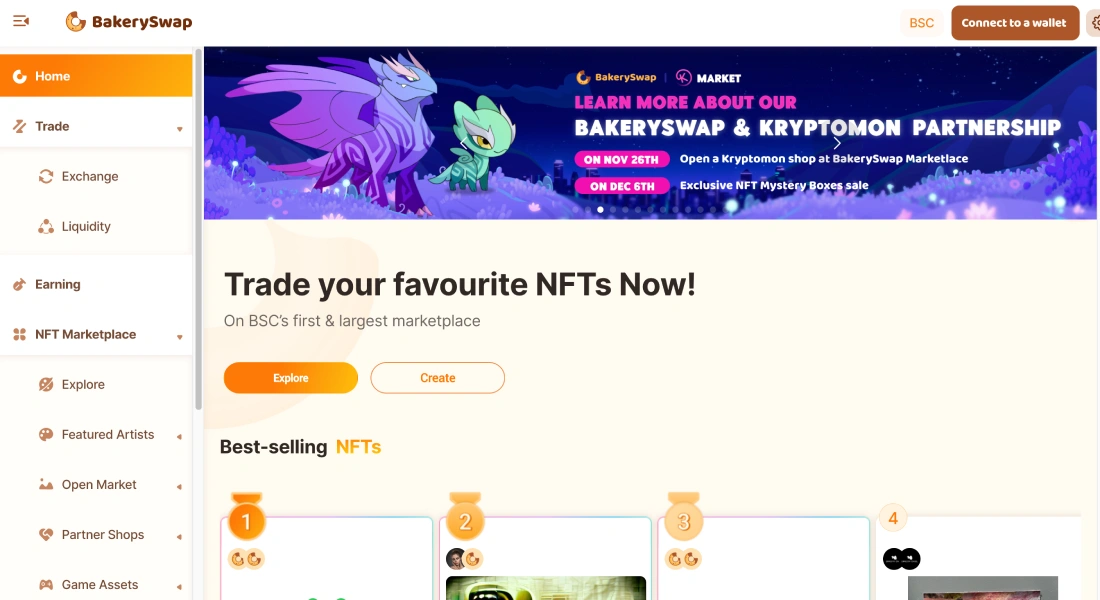
BakerySwap uses Binance Smart Chain to power its cryptocurrency-based online art marketplace and gaming market. BAKE tokens are the platform’s principal payment tokens. There is no complicated process for selling and minting NFT.
KnownOrigin
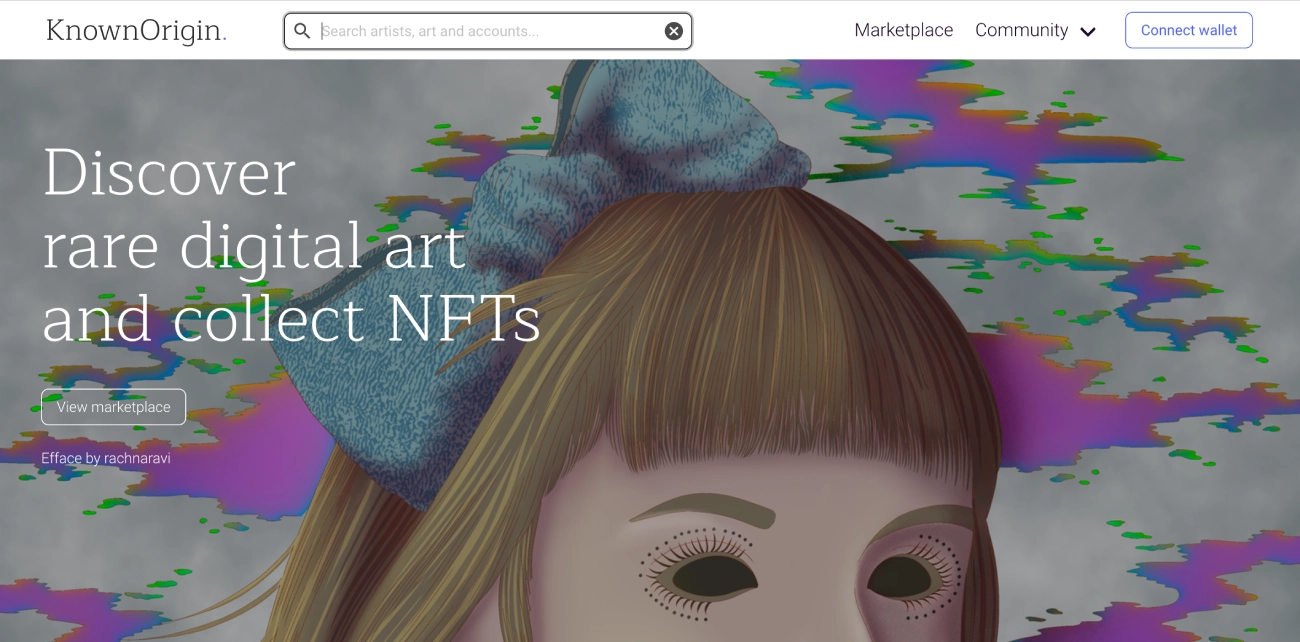
KnownOrigin uses Ethereum to power a digital art marketplace. You can upload digital artwork in GIF and JPG formats to KnownOrigin, which is stored on IPFS.
What happens after an NFT is mintted?
By creating a new NFT you can ensure that artwork ownership is documented on the Ethereum Blockchain. Each NFT contains its own data, and this information is available in real time on the distributed ledger.
When your NFTs are minted, you can program the royalties you wish to get in commission when your work is sold, swiftly publicize your product on social media pages or even your blog, or do a ‘drop,’ in which you set up a timed auction and wait for bids on your NFT.
You can post your NFT for sale to allow people to bid. If you accept the offer, all records are made public. The NFT token is then transferred to the new owner, with the owner’s identity and the trade’s history and details being recorded on Ethereum’s blockchain.
How to Sell/Buy NFTs
You’ll need a cryptocurrency wallet (Coinbase Wallet, MetaMask, or Trust Wallet), similar to the TokenMaker, and enough Ether (ETH) to buy NFTs.
WePlay Collectibles allows you to purchase unique digital art via the Binance NFT market. You can sell or purchase digital art through the Binance marketplace if you have an existing wallet. Sign up to Binance now and you can create your digital wallet.
For NFT purchases, you will need to have either ETH or BNB in your Binance account. These cryptocurrencies will be credited to your Binance wallet. You can then bid on NFTs on Binance NFT Marketplace.
There are cheaper ways to get mint NFTs
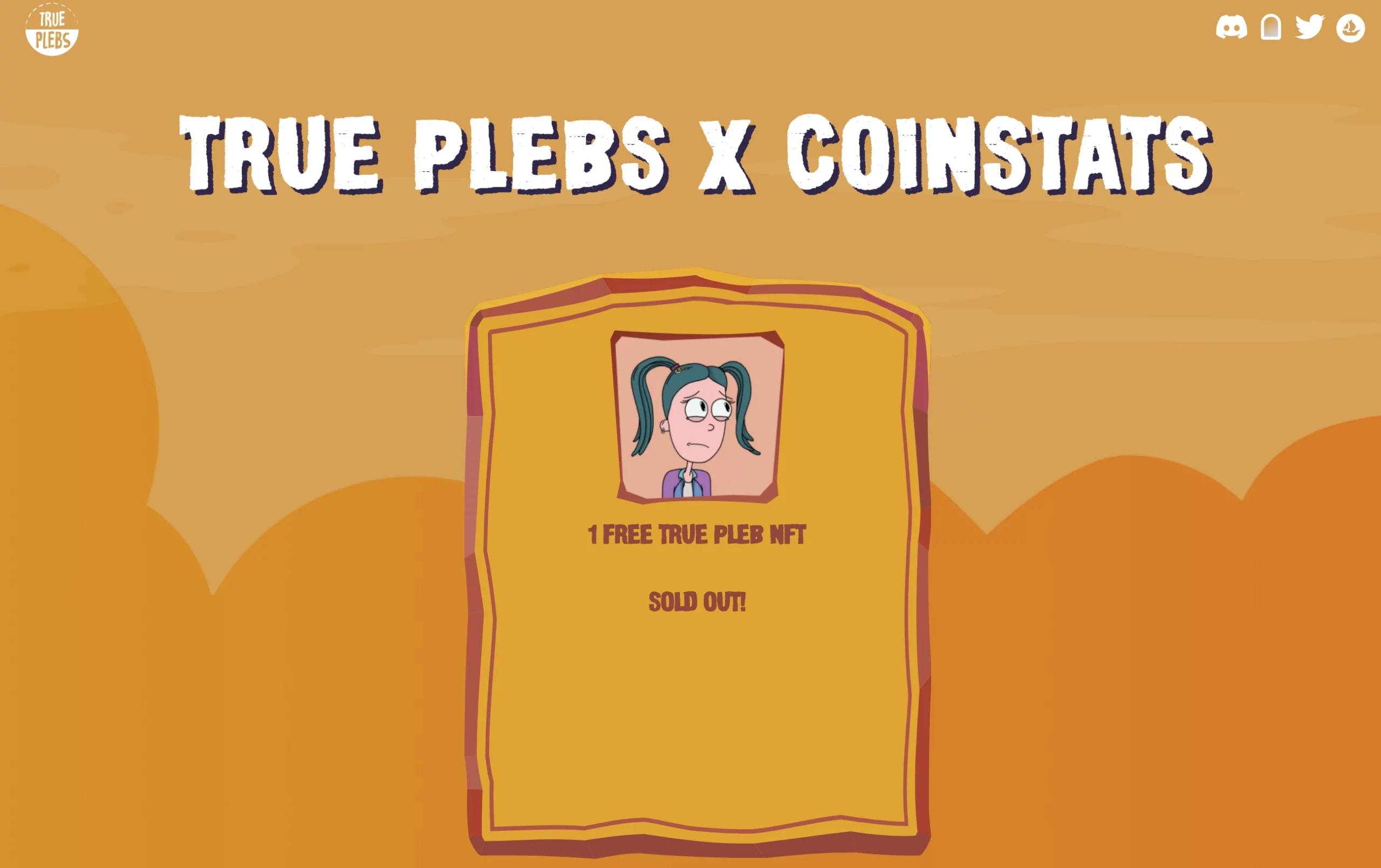
It is important to know when fuel prices are lowest than normal. This will allow you to save money while still minting NFTs. Gas Tracker is a great tool to track gas prices at any time and determine the most profitable times to make NFTs at lower prices.
NFT Alerts for Finding New Collections
Let’s have a look at some of the best tools for tracking and benefiting from the hottest and trending NFTs.
1. Dappraddar
Dappradar offers a rich analysis tool that is suitable for novice and expert NFT investors. You can view a list of Decentralized Applications (Dapps), which are ranked and free. There is also a sectioned display showing major features such as Hot Topics.
Portfolio Tracker allows you to easily assess, track and locate new NFT projects. You can also manage your purchased assets. It ranks projects on the basis of liquidity, capitalization, pricing and other metrics. Users are guided to the market’s real-time trading volume and price adjustments by segments for NFT top sales, top collections, marketplaces, and new projects.
2. Icy.Tools
It is an easy tool to track NFTs. Beginners love it because of its simple & transparent interface, which is ideal for doing a rapid market survey.
Any wallet address can be used to gain access to features like balance searches and transaction history. The premium edition offers additional features. The premium edition costs 0.03 ETH per monthly and provides extensive analysis as well as unrestricted wallet monitor, detailed market charts, custom notifications, and in-depth analysis.
3. Nansen
Nansen integrates onchain data and a huge, ever-expanding list of millions of wallet label labels. Nansen’s user-friendly dashboards include features such as wallet profilers, smart alerts, top holders, token distribution information, etc.
Nansen is not cheap, but it offers more than just tracking transactions and collectors. It also provides downloadable data and additional analysis. Users can even get live DEX trading updates and other information. Nansen is a platform which has been in operation for more than a year and looks like one of the most sought-after NFT analytics platforms.
Closing Thoughts
Online creators were among the first to adopt NFTs. The ability to transform your digital work into an asset based on blockchain technology is revolutionary for creators, musicians, content producers and video game developers. If you’re an artist or digital entrepreneur, the world of NFTs is worth exploring. NFTs are also perfect for hobbyist collectors who want to support a content creator or own something they’re passionate about. This trend is still very much in the early stages. Additionally, as an investment opportunity, NFTs are highly volatile, and the market is speculative – some NFTs have gained immense value over time while others have lost value.
This article will help you understand NFTs, their market operation, benefits and potential risks and how to start with them.
To learn more about cryptocurrency exchanges, wallets, portfolio trackers and tokens you can visit the CoinStats Blog. You also have access to our detailed guides such as: What are Blockchain Layers? How do they work, DeFi and how to buy cryptocurrency.
Information about InvestmentsInformation on this site is for your information. CoinStats does not endorse any recommendation to sell, buy or hold securities or financial products. This information does NOT constitute financial advice or trading advice. This information may not be the same as what you receive from financial institutions or other service providers.